How to Hang Your Hammock
Welcome to your ultimate guide on how to hang your hammock for camping and backpacking! Whether you're a beginner or a seasoned hammock camper, this article will help you with all the necessary tips and tricks to set up your hammock with ease. With years of personal experience, we've learned the ins and outs of hammock camping, and we're excited to share our knowledge with you. Keep in mind that every person has their own preferences, so feel free to experiment with what works best for you. However, always remember to prioritize your safety and never hang your hammock higher than you're willing to fall. Now, let's dive in!

Site Selection
Before you start setting up your hammock, it's crucial to select the right camping site. It's always best to choose a spot that's already been used for camping to minimize your impact on nature, as "Leave No Trace" principles are essential to follow. Once you've found a suitable area, there are a few things to keep in mind:
First, locate a spot that's at least 200 feet away from water sources to prevent erosion and contamination. Secondly, look for a spot that provides natural protection from the elements, particularly anything that can block the wind.
When selecting trees for your hammock, inspect the area thoroughly. Look up towards the trees to check for any dead or dying trees, as well as hanging or leaning branches, which could be hazardous. Remember to check the ground beneath you to make sure it's free from any rocks, roots, or other obstacles that could cause injury in the event of a hammock malfunction.
The two most important things you need for hammock camping are sturdy trees. Locate two trees that are at least six inches in diameter to ensure they're sturdy enough to withstand the weight of your hammock. The trees should also be roughly 15 feet apart, which provides enough distance for your hammock to hang safely. By following these guidelines, you'll be well on your way to an enjoyable and safe hammock camping experience.
It's essential to know what to avoid when selecting a camping site for your hammock. Keep the following points in mind:
First, avoid areas that are prone to flash flooding or where water is likely to accumulate, such as gullies or natural water channels. Flash flooding can be life-threatening and should always be taken seriously.
Avoid camping in areas with high exposure to the elements, such as ridges, where you'll be more exposed to harsh weather conditions. Ecosystems are typically more fragile in these areas, and camping here can do more harm than good.
It's important to avoid camping near the tallest trees in the area, as they can attract lightning strikes during severe storms, posing a significant risk to your safety.
Dense vegetation areas should also be avoided as they can harm fragile ecosystems. Walking around in these areas can do more harm than good, especially when trying to follow "Leave No Trace" principles.
By being aware of what to avoid, you can select a safe and sustainable camping site for your hammock.

Setting up your Hammock
Once you have you site selected, you can begin to set up your hammock. I will list out the steps below but remember these are just guidelines and your results WILL vary. This is not only because there will never be two exact trees, exactly the same distance apart, with the same diameters but there are also different hammocks, different suspension types and different sleep styles for everyone. I will be describing a basic setup that most outdoor enthusiast will use just starting out. This includes 10 foot tree straps that have loops sewn into them AKA continuous loops. These are what you will attach your hammock to with carabiners or soft shackles. Lastly you will have your hammock, which starting out is most likely going to be a gathered end hammock that is approximately 10 feet in length. If you would like to see what comes in our complete Hammock and Tarp bundle, check them out here. Now let’s Get Hanging!
- For tree selection, again you want two trees that are at least six inches in diameter. These trees should be approximately 15 to 20 feet apart. This distance will depend on how high you hang your tree straps and how far you want to sit off the ground. Don’t get to caught up in the details as this will become second nature after a few times of setting up your hammock.
- Next is time to set up your tree straps. If your ground is unlevel, go to the tree that’s higher in elevation to start. You will now wrap your strap around the tree. This is where you will get to know the tree as you will most likely end up bear hugging it to get your strap around it. Don’t worry though, they like the affection! If you’re shy, you can try to do the throw method where you toss the strap around the tree and are able to catch it. Now you will feed the end with the multiple loops though the end with the single loop. You want to then cinch the tree strap down about 6 to 7 feet off the ground. If you are using a tree that is closer to 6 inches in diameter, you can wrap your tree strap around more than once to keep you continuous loops higher(if needed). Next repeat the process on the other tree but make sure you cinch it down level with the first strap.
- Note; you may want to have your foot end slightly higher than your head. This helps prevent you from sliding to the middle of the hammock since your torso is heavier than your feet. Again you will discover what works best for you. There are sleep studies that say that sleeping with your feet higher is better for your health. One that really stands out is it can help with swollen feet, which is great after hiking all day. If you would like to read more here is a link.
- Ensure that your tree straps are at least 3/4 of on inch thick as anything smaller can cause damage to the cambium layer of the tree which over time can harm and even kill the tree.
- Now that you have your tree straps ready, you can grab your hammock. Simply attach your hammock to a continuous loop with a carabiner or soft shackle.
 A good starting point would be to connect your hammock about 3 to 4 feet down on the tree strap. Then simply do the same to the other side.
A good starting point would be to connect your hammock about 3 to 4 feet down on the tree strap. Then simply do the same to the other side.
- Now take a step back, look at your hang, and then adjust as needed. Once you have it how you like, then comes the sit test. You want to sit in your hammock like a chair. You want to open the hammock up with both hands, one on each side. I find it easiest to hold the side closest to me with one hand between my legs and then push the far side back with my other hand. From here you ease into the hammock. Be aware that the hammock will settle as you sit into it until everything is taught. This is completely normal but once everything is taught it shouldn’t stretch anymore.
- When you are in your hammock there are a few things you want to take note of. First would be your sit height. You should have your hammock about the same height off the ground as a chair, roughly 18 inches. This gives you the option to sit in your hammock while cooking or relaxing and if you have any malfunctions, you are not too far off the ground. Remember, never hang higher than you are willing to fall. Next you want to observe your “Hangle”, which is the angle that your hammock and tree straps make with the ground, and should be about a 30 degree angle. This ensures that you are able to get the flattest lay possible and won’ t be putting unnecessary stress on your feet and knees.

- Now once you have everything the way you want it, you are all set to enjoy your hammock! Like it was mentioned before, this will take a few hangs to get everything dialed in to your liking but is completely worth it!

How to lay in your Hammock
I know at this point you just want to lay in your hammock, relax and be left alone but there’s a few more things your need to know. When you first get in your hammock you may think that it’s best to lay in line with the trees but that’s not the case. When you are using a camping hammock you need to lie on a “diagonal” to get the flattest lie. To do this, you need to put your head to one side of the hammock and then your feet to another. This allows the hammock to flatten out and can even accommodate side sleepers, like myself. To ensure that you can get the most comfortable lay, you should look for a hammock that is at least 180% longer than your height and you always round up! So someone that is 5 feet tall can get away with a 9 foot hammock while someone who is 6 feet tall should look into getting at least an 11 foot hammock. To do this, multiply your height by 180 and then divide that by 100. By doing this you are finding the minimum sized hammock that it would take for you to get that flat lay.
Wrapping up
We hope this article has given you the confidence to hang your hammock and enjoy the great outdoors. Once you experience hammock camping, it's tough to go back to traditional tent camping. Remember to prioritize your safety and never hang your hammock higher than you're willing to fall.
Always practice "Leave No Trace" principles, and strive to pack out more than you pack in. It's essential to make a conscious effort to pack out any trash that people have left behind. This small act can make a significant impact on an ecosystem, ensuring that it remains sustainable for years to come.
If you're ready to make the transition from tent camping to hammock camping, be sure to check out what we have to offer. Our gear is designed to provide the ultimate camping experience, whether you're a seasoned camper or a beginner.
Thank you for taking the time to read this article, and we hope it's been informative and useful. Until next time, happy hanging!





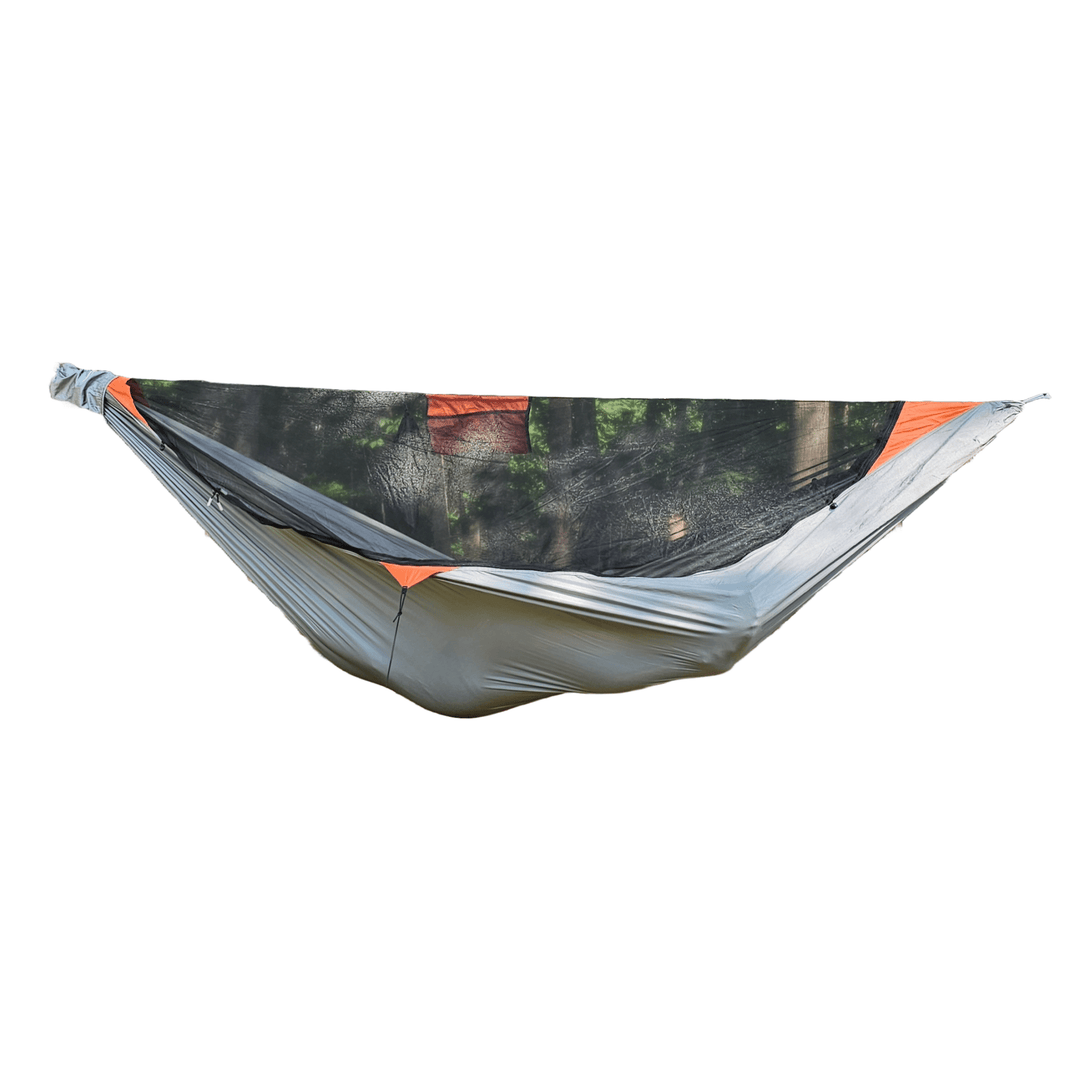
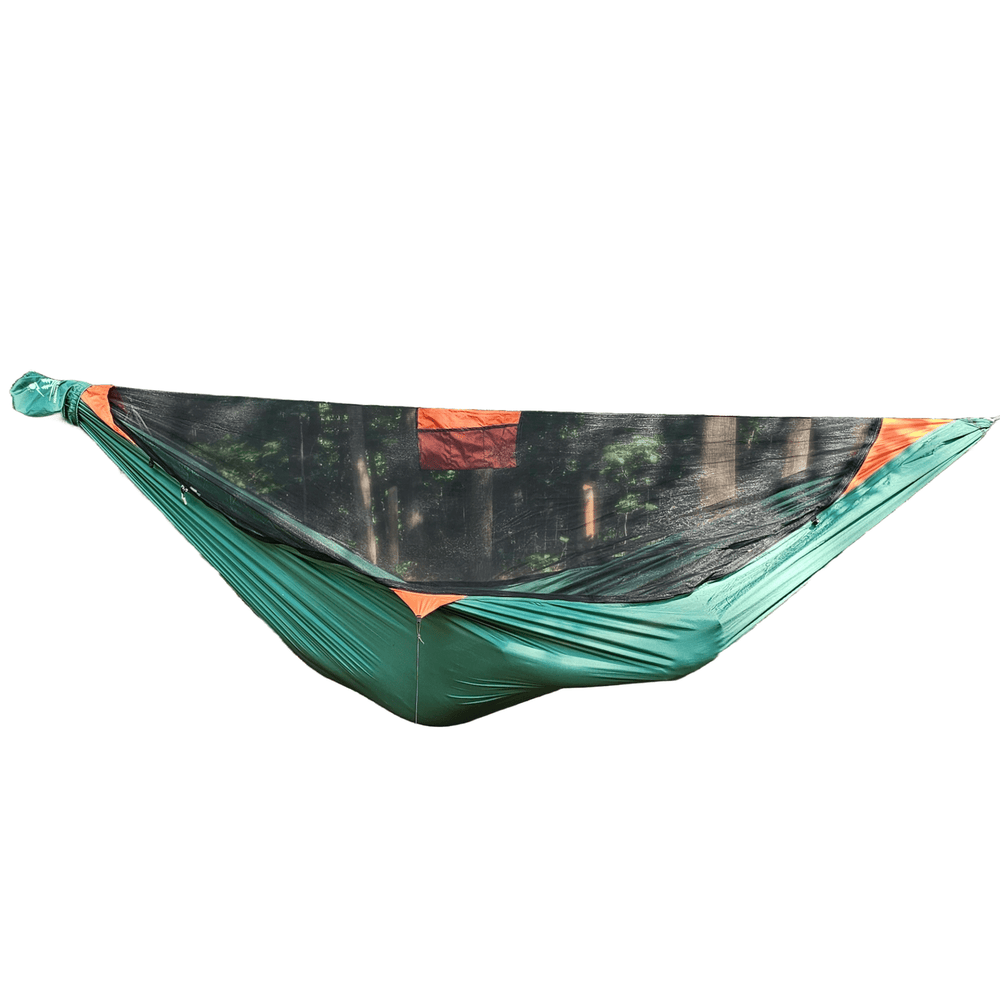
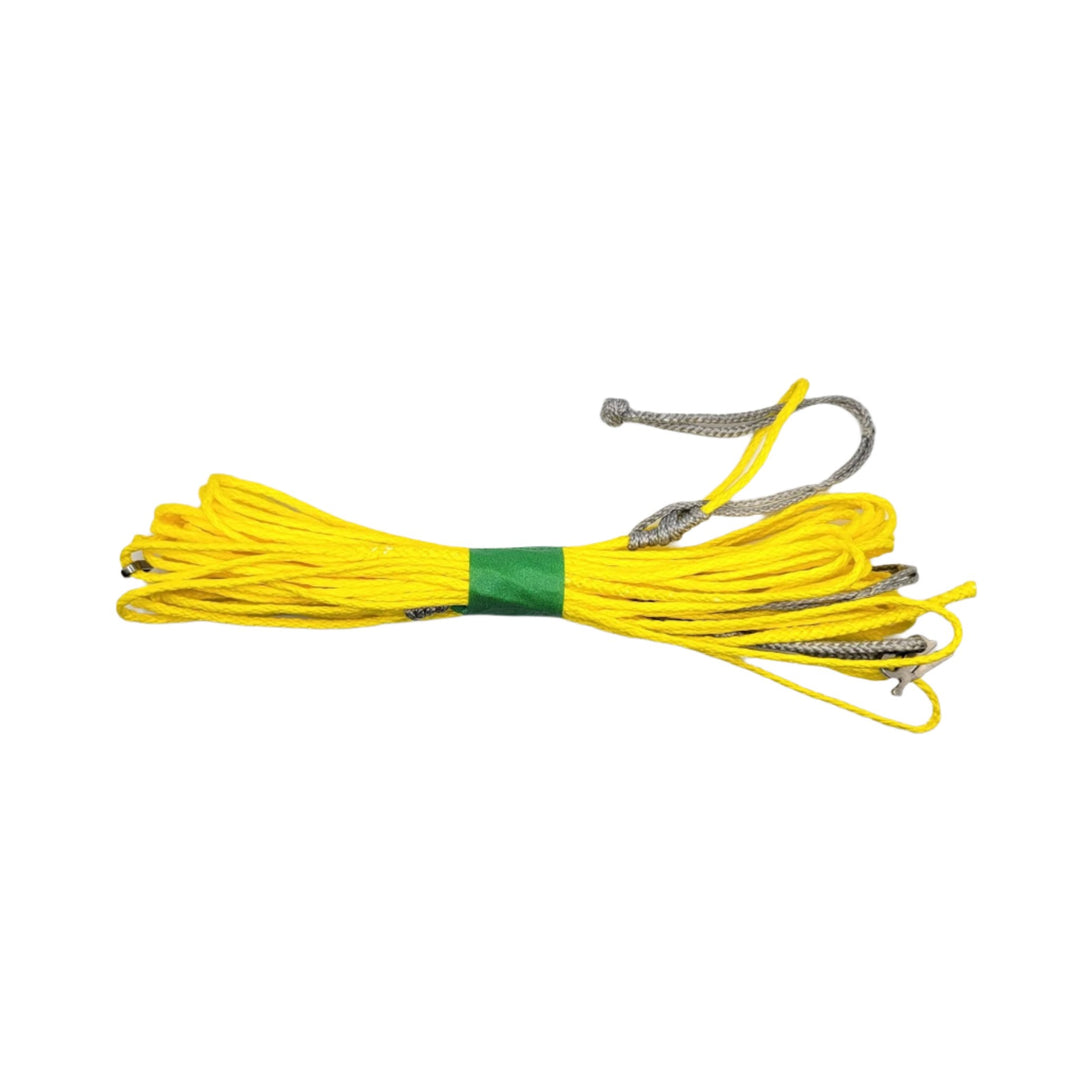
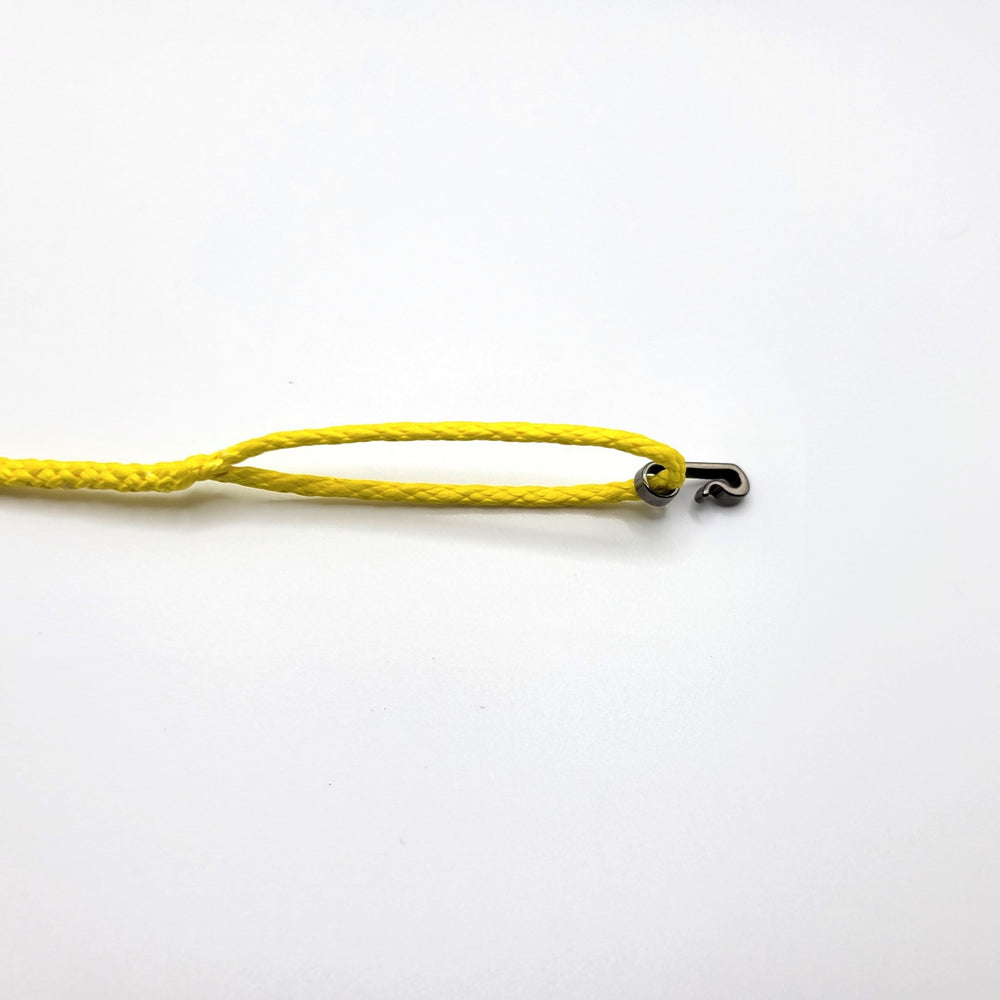
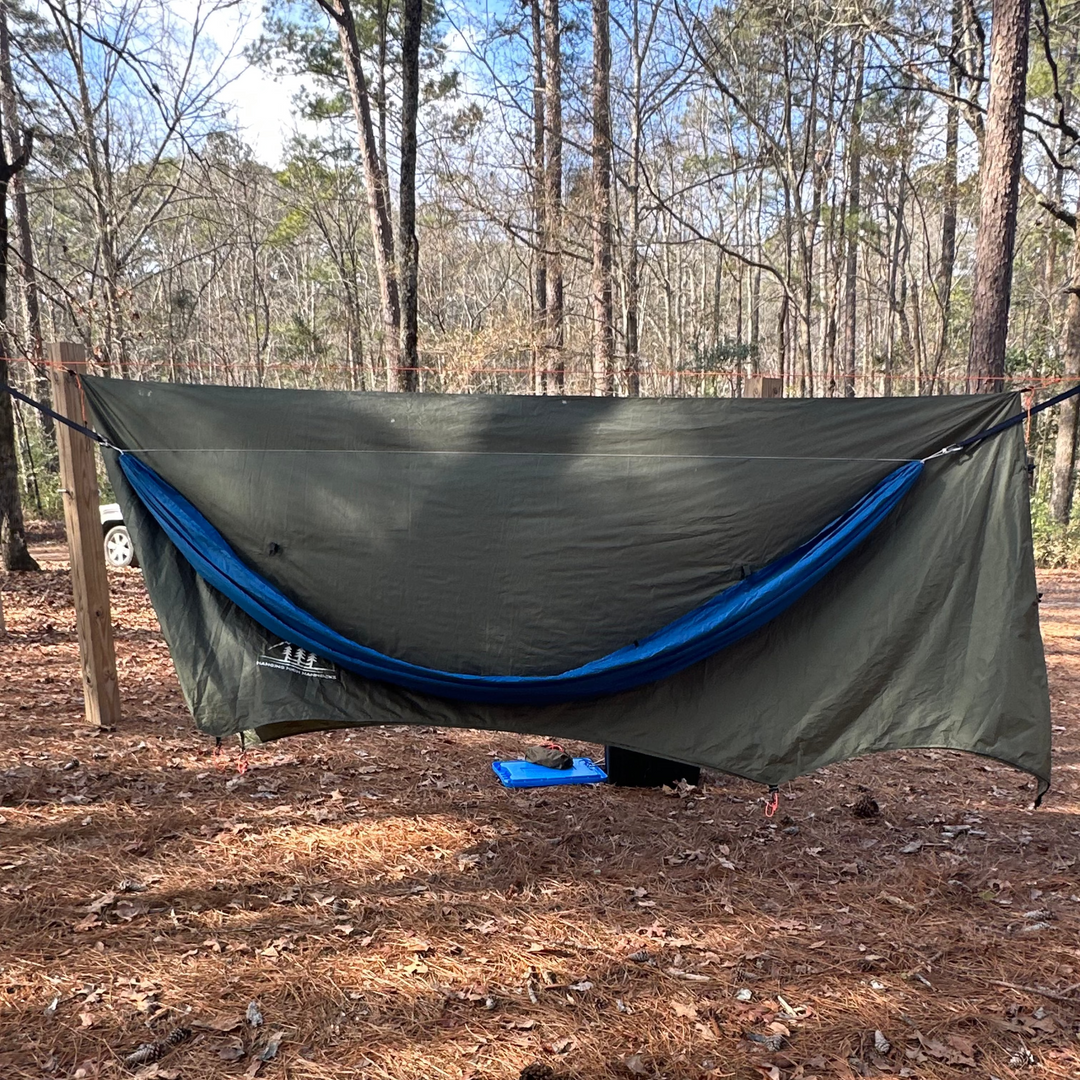
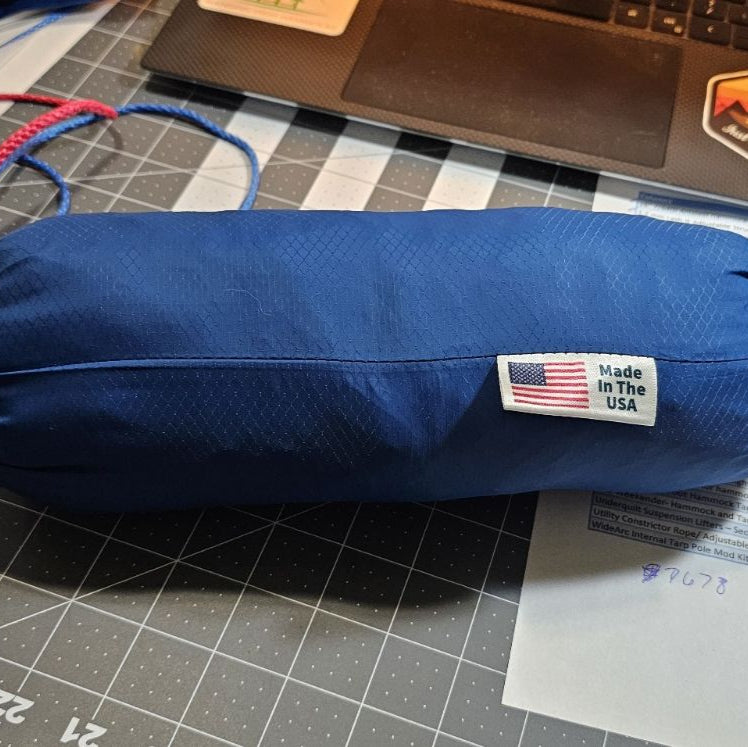
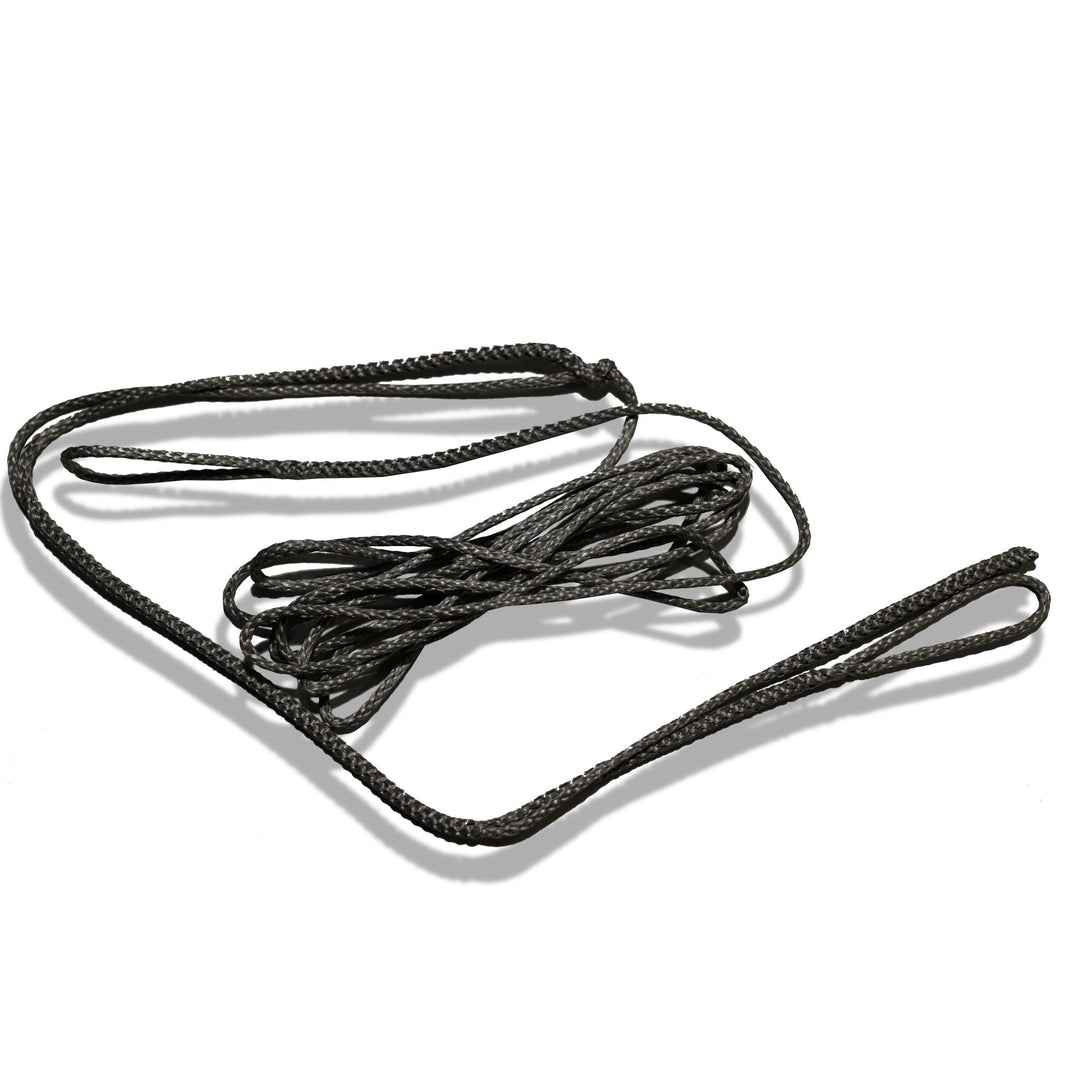
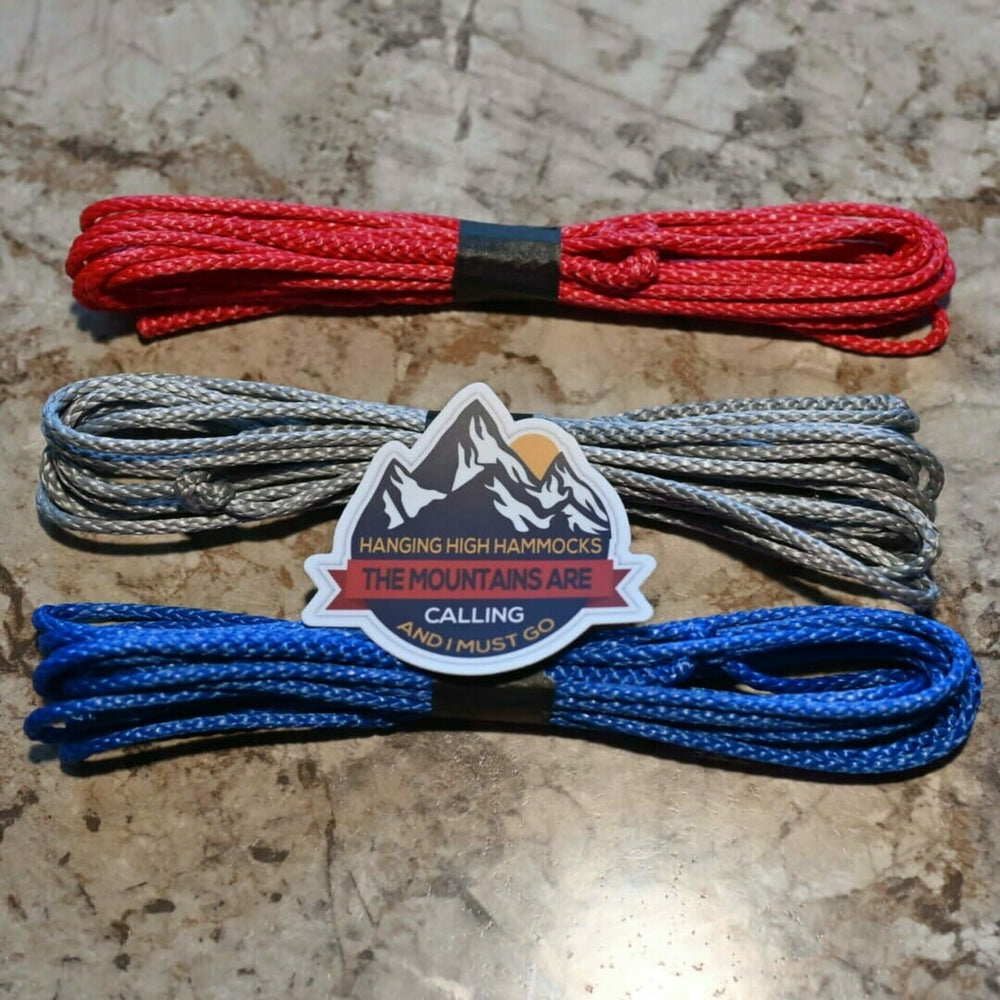
Leave a comment